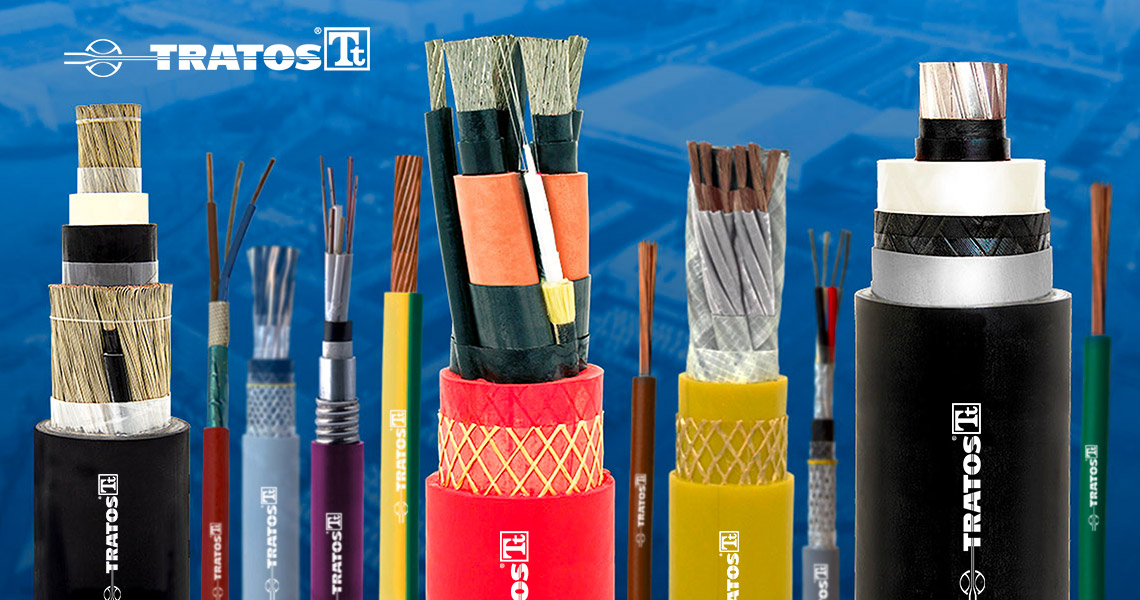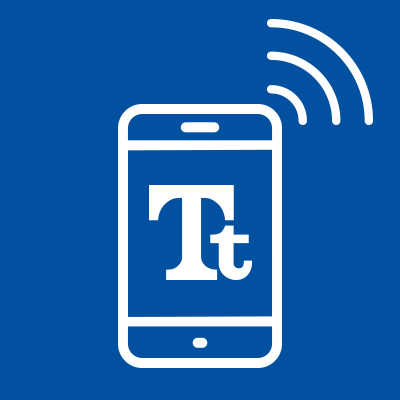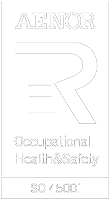
DEF STAN 61 12 Part 25
Defence Standard DEF 61-12 Part 25 – (previously Naval Engineering Standard NES 525) Wires and Cables Electrical Limited Fire Hazard, up to Conductor Size 10mm2 Cross-Sectional Area.
The cables in this Standard are typically used for low power, communications, control and instrumentation circuits in Her Majesty surface ships and vessels. They are installed and used in both flexing and fixed applications and are suitable for use where fuel, lubricating oils, hydraulic fluids and water are present.
Defence Standard 61-12 Part 25 cables are manufactured using insulated cores complying with Tables 9 to 12 or Table 17 of Def Stan 61-12 (Part 18) type and the sheathing material complies with Def Stan 61-12 (Part 31). They present a limited fire hazard cable, producing limited levels of noxious fumes, smoke and corrosive products when burnt.
Users should be aware that only cables with Standard, Type 1 – pliable type cores are now included in this standard. The Type 2 – less pliable cored cable which were listed in previous issues have been removed.
The cables are suitable for use on electric power and communications circuits with a potential not exceeding 600V AC RMS, 800V DC between cores, or between cores and the surrounding structure, or between cores and earthed screen(s) included in the cable, at frequencies up to 400Hz. The maximum cable conductor size is 10 mm2 cross-sectional area.
The cables shall be suitable for use at conductor temperatures from -30°C to +105°C. The cables may be used in applications where fuel, lubricating oils, hydraulic fluids and water are present.
The materials used for cable constructions shall yield a service life exceeding 40,000 hours at a continuous conductor temperature of 85°C before deterioration, as a direct result of thermal ageing, necessitates cable replacement. In practice, it can be assumed that the cables will be operating at their normal conductor temperature of 85°C for one-third of their installed life, i.e. an allotted life of 15 years.
The sheath on these cables complies with DEF STAN 61-12 Part 31
These cables may be used in flexing and fixed applications subject to specified minimum bend radius.
These cables are constructed to be compact and circular able to withstand the normal installation hazards encountered during shipbuilding including reeving in, tight bends, glanding, banding and clipping.
These cables are used for both the ships equipment and systems as well as the weapon equipment and systems. The Nato Stock Number (NSN), nominal conductor area, nominal stranding and the conductor formations for these types of cables are shown in DEF STAN 61-12 Part 25, tables 4, 5, 6, 7, 8 and 9 with additional details given in DEF STAN 61-12 part 18.
The standard contains multicore, multipair, multitriple and multiquad cables both screened and unscreened as detailed in the individual tables.
Each individual cable has a unique NATO Stock Number (NSN), or National Stock Number as it is known in the United States of America (USA). The Nato Stock Number (NSN), nominal conductor area, nominal stranding and the conductor formations for these types of cables are detailed in the standard.
Products
Contact us
Please, don’t hesitate to contact us for additional information on our company or our products.









